Tomb of King Munmu (경주 문무대왕릉)
0m 58932 2023-01-02
1366-9, Donghaean-ro, Gyeongju-si, Gyeongsangbuk-do
+82-54-779-8743
A little rocky islet approximately 200 meters from the shore at Bonggil-ri is the Tomb of King Munmu (AD 661-681), who unified the three kingdoms and became the 30th ruler of the Silla Kingdom. The king gave specific instructions to be buried in the East Sea after his death so that he would become a dragon and protect Silla from foreign invaders. The rocky island, about 200 meters in circumference, is divided by a cross-shaped waterway, forming a pool at the center, at the bottom of which is a granite stone 3.6 meters long, 2.9 meters wide and 0.9 meters thick. Legend has it that the remains of King Munmu’s cremated body are buried under this rock. Historians still debate whether the ashes of the King Munmu were scattered or stored in an urn and placed under the rock.
Gameunsaji Temple Site (경주 감은사지)
983.5955422066448m 26697 2020-04-04
Yongdang-ri, Gyeonju-si, Gyeongsangbuk-do
+82-54-772-3843
Gameunsaji Temple Site was built by King Munmu (AD 661-681), the king of Silla who unified Baekje and Goguryeo in the late 7th century. The purpose of the temple site was to pray for help and guidance from Buddha against Japanese invasion. Unfortunately, King Munmu passed away before the completion of the temple, and left a will to be cremated and buried in the East Sea so that he may reincarnate as a sea dragon in order to protect the country. As he wished, King Munmu's ashes were scattered at Daewangam of the East Sea. The temple was completed and was named by his son, King Sinmun (AD 681-692) in respect and appreciation for his father.
Gameunsaji Temple Site was rebuilt in 1979 based on the discovery of the site's foundation after two years of archeological research. The three-story stone pagoda at the temple site is a reminent of the early period of unified Silla, assembled with several parts which rise up to 13.4m high, known to be Silla's highest three-story pagoda.
Najeong Beach (나정고운모래해변)
4.8 Km 21970 2021-08-02
1915, Donghaean-ro, Gyeongju-si, Gyeongsangbuk-do
+82-54-779-6325
Najeong Beach is situated on the shores of the East Sea. The beach offers many facilities as well as a seawater hot spring. The parking lot and pine tree forest by the hot spring are open to the public. Various water sports are also available in the area.
Gyeongju Yangnam Columnar Joint Observatory (경주 양남 주상절리 전망대)
5.8 Km 16 2023-04-04
498-13 , Donghaean-ro, Gyeongju-si, Gyeongsangbuk-do
+82-54-775-6366
This observatory was built in October 2017 and allows visitors to enjoy the view of columnar joints of Yangnam, a national geopark. The columnar joints are formed along the shoreline of Eupcheon-ri in Yangnam-myeon. Several different forms of columnar joints can be observed from columnar joints that point upward to those that fan out or lean to the side. In particular, the fan-shaped columnar joint is a rare sight not only in Korea but also worldwide, and thus has been designated as a Natural Monument in 2012. Visitors can also see informational exhibits on diverse geographical resources at the observatory as well as ask for a detailed guide by the geology commentator on-site.
Songdaemal Lighthouse (송대말 등대)
7.9 Km 25094 2024-02-08
18-94 Cheoksa-gil, Gampo-eup, Gyeongju-si, Gyeongsangbuk-do
Songdaemal Lighthouse was constructed for maritime safety off the coast of Gampo Port. Its name "Songdaemal" signifies "the end of the pine trees". It was initially built as a manned lighthouse and underwent a comprehensive overhaul in 2001. The renovation was designed to resemble the three-story stone pagoda at the Gameunsa Temple Site. Near the lighthouse is the Songdaemal Light Exhibition, displaying information about the lighthouse and various sea-related materials. Additionally, visitors can enjoy a leisurely stroll on the trail in front of the lighthouse. This location is also renowned for its stunning views of the sunrise over the east coast.
Gwanseong Solbat Beach (관성솔밭해변)
9.1 Km 20312 2021-08-12
68-24, Yangnam-ro, Gyeongju-si, Gyeongsangbuk-do
+82-54-779-6325
Gwanseong Solbat Beach, formerly Gwanseong Beach, is known for its extremely clean waters, and the connecting pine grove creates a gorgeous semi-circle shape. Nearby in Sindae-ri, Yangnam-myeon is Kolon Garden Golf Club, allowing visitors to enjoy many other leisure activities in the area. The driving course along the coastal road is also popular among visitors.
Oryu Goarahaebyeon Beach (오류고아라해변)
9.3 Km 41219 2024-02-23
277-8 Oryu-ri, Gampo-eup, Gyeongju-si, Gyeongsangbuk-do
Oryu Goarahaebyeon Beach, located near Gampo Port, is known for its soft sand and is famous for sand baths. It's an ideal spot for camping, boasting a 1km stretch of white sandy beach, shallow waters, and a lush pine forest. Within the pine forest, there's a campsite where visitors can enjoy caravan or tent camping. During the summer, marine leisure facilities like banana boats and motor boats are available. Nearby tourist attractions include Songdaemal Lighthouse and Gampo Marine Park.
Seated Rock-carved Buddha at Golgulam Temple (경주 골굴암 마애여래좌상)
9.7 Km 19106 2022-12-28
101-5, Girim-ro, Gyeongju-si, Gyeongsangbuk-do
+82-54-744-1689
The Seated Rock-carved Buddha at Golgulam Temple consists of a Maebul (a Buddha carved in a cliff) at the very top of 12 Buddha images carved in natural rock caves located in a steep cliff of Girimsa Valley. A painting of the caving titled "Golgulseokgul" by Gyeomjae Jeongseon, a famous painter of the era, revealed that there was once a wooden room located in front of the Maebul, but today only a hint of the room remains on the rock. The head of the Buddha (Yukgye) is perched solid and high on the body with a clear profile of the face – sharp eyes, small lips and a long and narrow nose. In contrast to the three-dimensional face, the body is broader and flatter. The neck and upper chest sections have eroded over time. The folds in the clothing are nearly parallel, and the arm area has a v-pattern wrinkle, giving it a more realistic and three-dimensional quality. Around the head of the Buddha is a lotus-shaped halo, while the body is surrounded by a rhythmic flame-like halo. The Maebul is believed to have been created during the late Unified Silla Kingdom, as it shows similar craftsmanship to Seated Stone Vairocana Buddha (National Treasure), which was created in the year 876 and is located in Chukseosa Temple.
Golgulsa Temple (Gyeongju) (골굴사(경주))
9.7 Km 51272 2024-02-27
101-5 Girim-ro, Munmudaewang-myeon, Gyeongju-si, Gyeongsangbuk-do
Golgulsa Temple is a temple located within the Hamwolsan Mountain, situated between Gyeongju City and the East Sea. With a history of over 1,500 years, it houses many Buddha statues preserved within its twelve grottoes. Maintaining the tradition of Korean Buddhism's practice of Seonmudo, visitors can witness Seonmudo performances. Additionally, there are templestay programs available, offering opportunities to experience Korean temple culture.
Tohamsan National Recreational Forest (토함산자연휴양림)
10.7 Km 37338 2021-04-08
1208-45, Bulguk-ro, Gyeongju-si, Gyeongsangbuk-do
+82-54-750-8700
Tohamsan National Recreational Forest, located in Gyeongju, is in close vicinity of major attractions such as Bulguksa Temple and Seokguram Grotto. Visitors can enjoy the culture as well as relaxing in a peaceful nature.

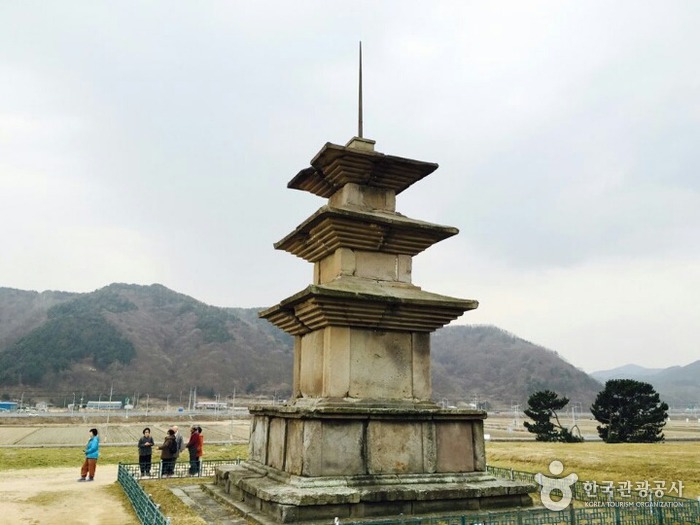
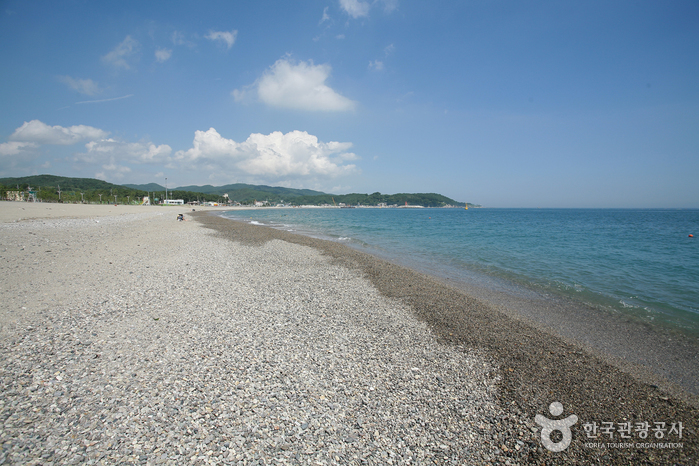
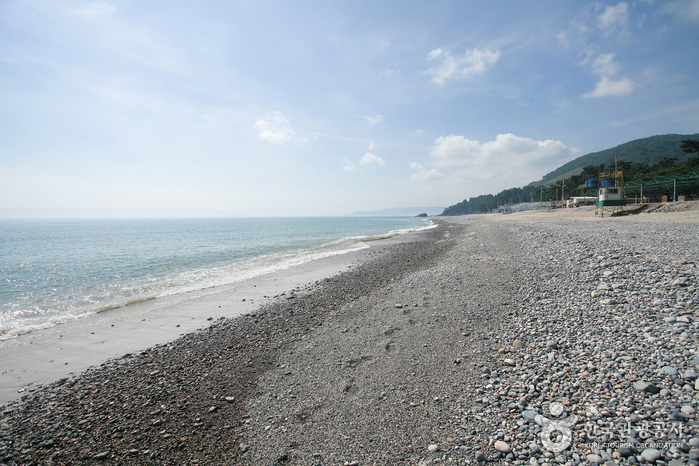
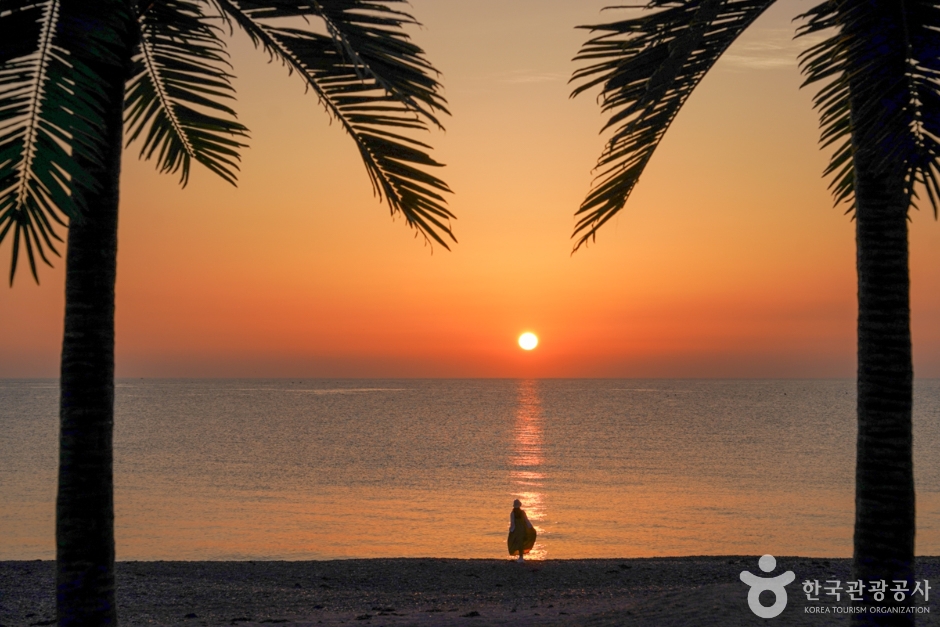
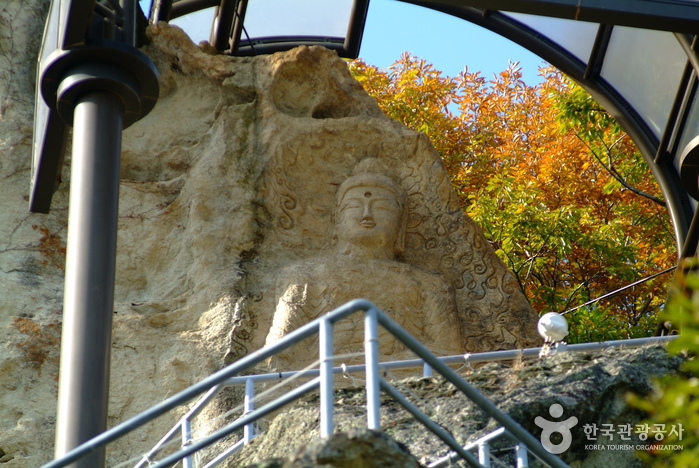
 English
English
 한국어
한국어 日本語
日本語 中文(简体)
中文(简体) Deutsch
Deutsch Français
Français Español
Español Русский
Русский